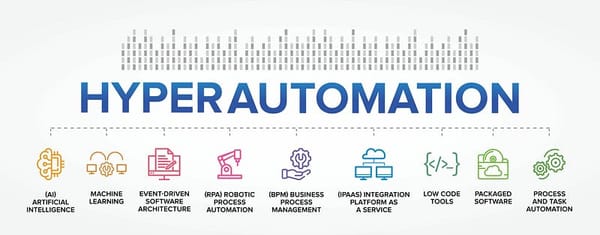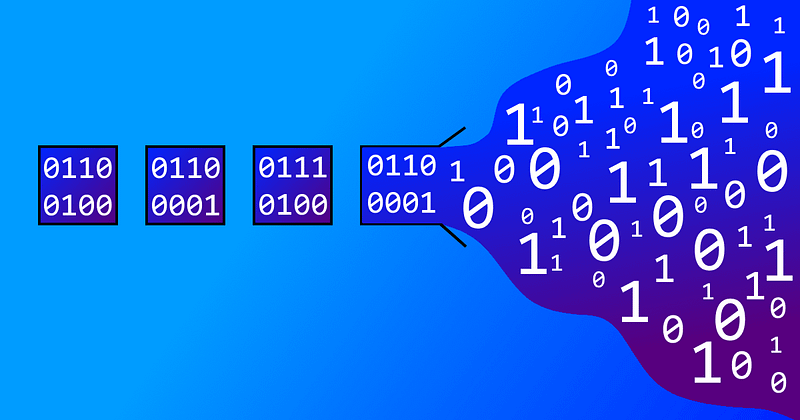
Hyperautomation: Components, Applications, Trends
Hyperautomation is a combination of technologies that allows businesses to automate and streamline their processes, thereby increasing…

Hyperautomation is a combination of technologies that allows businesses to automate and streamline their processes, thereby increasing…

Buffer overflow vulnerability is a type of security vulnerability that can allow an attacker to execute malicious code on a system or gain…

Secure coding best practices are critical for developing safe software from cyber attacks and data breaches. As software systems become…

Blockchain protocols are the set of rules and standards that govern the functioning of blockchain networks. They define how the network…

LLVM (Low-Level Virtual Machine) Compiler Infrastructure is a collection of modular and reusable compiler and toolchain technologies. It…

Liquidity pools are a vital component in the world of blockchain and decentralized finance (DeFi). They allow for the seamless exchange of…

Cross-chain integration is a crucial aspect of the blockchain ecosystem as it enables different blockchain networks to work together…

Application event streaming refers to the real-time collection, analysis and distribution of events generated by applications. It is a…

Web3.js is a JavaScript library that allows developers to interact with the Ethereum blockchain and build decentralized applications…

As dApps (Decentralised Applications) become more popular, there is a growing demand for effective dApp development frameworks, tools…

Memory safety refers to ensuring that a program’s memory access is valid and does not cause unexpected behaviour such as crashes or…

When it comes to writing smart contracts in Solidity — a programming language used to write smart contracts for the Ethereum blockchain…